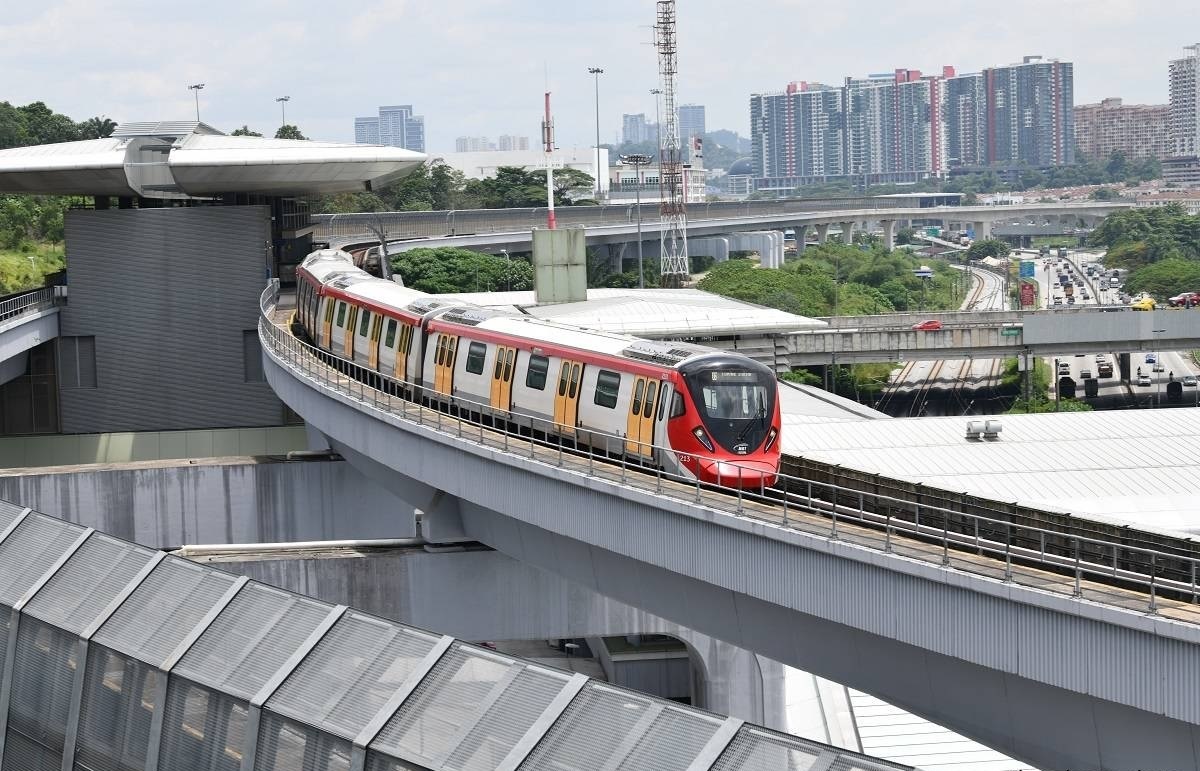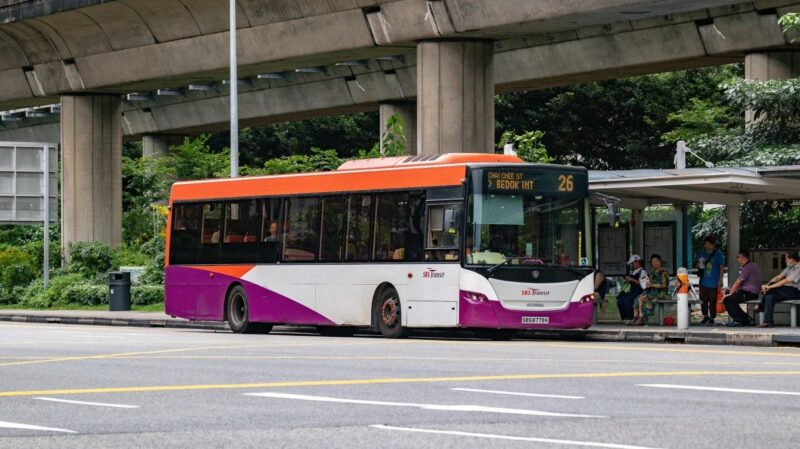Public transport is one of the strongest pillars of Singapore’s real estate success. The city’s efficient, well-connected network of MRT lines and bus routes plays a major role in determining property demand and long-term value. For both buyers and investors, proximity to transport nodes is a defining factor that influences purchasing decisions and appreciation potential.
1. Accessibility as a Key Value Driver

Robertson Opus illustrates how accessibility through public transport enhances real estate value. Properties located within walking distance of MRT stations or bus interchanges enjoy higher demand and faster resale turnover. This convenience makes them especially attractive to professionals and families who rely on public transport for daily commuting.
Singapore’s focus on transit-oriented development ensures that residential zones are strategically positioned near major transport lines. The result is a well-balanced city where mobility supports economic growth and quality of life. Buyers consistently prioritize location over size, recognizing that good connectivity ensures lasting value.
For developers, this relationship between transport access and property success drives long-term planning. Integrating residential projects with transport hubs not only boosts sales but also strengthens community integration and environmental sustainability.
2. MRT Expansion and the Growth of New Districts

Singapore’s continuous MRT expansion fuels property development across the island. New lines such as the Thomson-East Coast Line and Cross Island Line are transforming previously quiet areas into vibrant, connected neighborhoods. Properties in these regions often experience significant appreciation even before completion.
The government’s approach to decentralizing business hubs—such as Jurong Lake District and Paya Lebar Central—relies heavily on strong transport infrastructure. By improving accessibility, these districts attract both residents and investors, spreading real estate growth beyond the traditional central zones.
Developments like Robertson Opus benefit from this vision. Located near key transit routes, such projects combine lifestyle appeal with long-term value stability. As Singapore continues to strengthen its transport network, properties in connected zones will remain among the most desirable assets on the market.
3. Sustainability and Lifestyle Benefits

Public transport not only supports convenience but also aligns with Singapore’s sustainability goals. Encouraging residents to rely on MRT and buses reduces congestion, lowers carbon emissions, and improves air quality. This commitment to green mobility complements the nation’s vision of building a sustainable urban environment.
From an investment perspective, proximity to efficient public transport enhances rental yields. Tenants prefer well-connected properties that minimize travel time and costs, ensuring consistent occupancy rates. Homeowners also enjoy better resale prospects, as accessibility remains a top priority for new buyers.
Urban planners and developers now design projects that seamlessly integrate with transport systems. By prioritizing walkability, shared mobility, and eco-friendly transport, Singapore continues to set global benchmarks for sustainable real estate growth.
Conclusion
Public transport remains the backbone of Singapore’s real estate success. It connects people, drives economic activity, and supports sustainable urban development. Properties near transport hubs consistently outperform others in both demand and long-term appreciation.
Developments like Robertson Opus showcase how connectivity and convenience define modern property value. As Singapore expands its transport infrastructure, homes built around accessibility will continue to lead the way in shaping the nation’s thriving real estate market.


